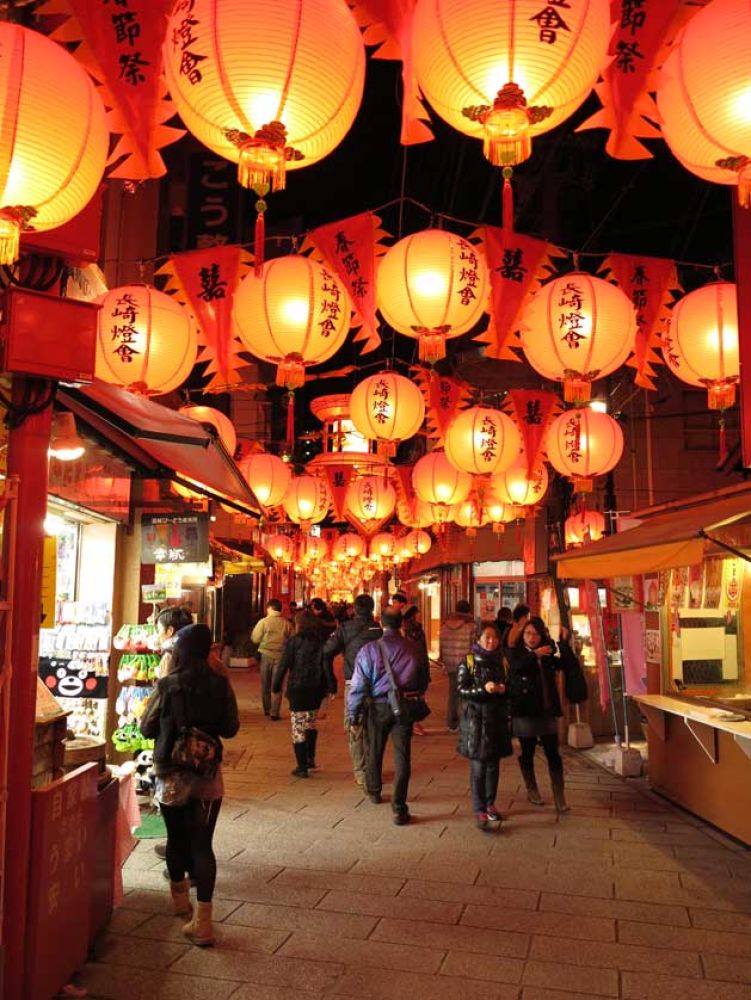

The vibrant and culturally rich Nagasaki Chinatown, known in Japanese as Nagasaki Shinchi Chūkagai, is one of the oldest Chinatowns in Japan. Its origins can be traced back to the late-Edo period. When Japan maintained an isolationist policy, known as Sakoku, Nagt ffi ee3wafsaki was one of the very few ports open to foreign trade and influence. This open port policy led to the settlement of Chinese merchants and the growth of the Chinese community, forming the basis of Chinatown as we know it today.
Nagasaki Chinatown blossomed as a vibrant center for commerce and cultural exchange. Following the Meiji Restoration and the subsequent end of Japan's isolationist policy, Nagasaki and its Chinatown continued to thrive as a hub for international exchange.
It wasn't until the late 20th century that Nagasaki Chinatown saw a major transformation into a tourist destination. Efforts were made to showcase the cultural heritage and traditional Chinese festivals, such as the Lantern Festival, which celebrates the Lunar New Year with thousands of lanterns, lion dances, and other cultural performances.
The local government and businesses have worked to revitalize the area, recognizing the potential for cultural and heritage tourism. Restaurants began offering the famous Champon and Sarasoba – local dishes with Chinese origins – and shops started emphasizing traditional Chinese crafts.
Recently, Nagasaki Chinatown has adapted to the increasing trend of experiential tourism. Tourists today are looking for authentic, immersive experiences that allow them to connect with the local culture. Walking tours, cultural workshops, and culinary classes are just a few of the offerings aimed at attracting both domestic and international tourists.
Furthermore, with the rise of digital and social media, the area has become a hot spot for photo opportunities. The picturesque streets, decorated with red lanterns and bright signboards, provide an ideal backdrop for visitors looking to share their travels online.
Sustainability is also on the agenda, as Nagasaki's tourism stakeholders aim to balance the preservation of the area's historical and cultural significance with the needs of a growing tourist industry.
Cruising has emerged as a prominent trend, with Nagasaki's port welcoming international cruise ships, which contribute to the growing number of tourists exploring Chinatown. This has led to a more diverse tourist base, spurring the introduction of multilingual guides and signage in the area.
Despite challenges such as the global pandemic, which has greatly affected international travel, Nagasaki Chinatown has remained resilient, quickly adapting to the 'new normal' with enhanced health and safety measures, ensuring it continues to be a vibrant and inviting destination for visitors from near and far.